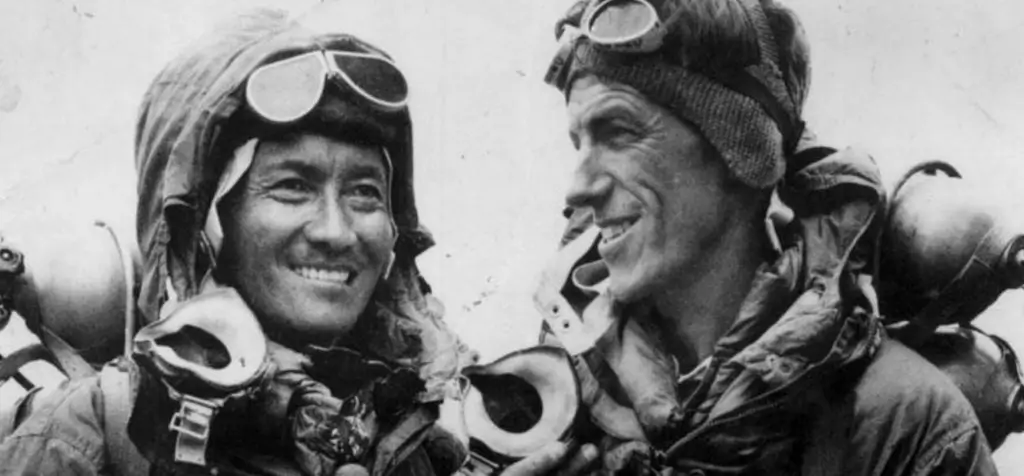The tallest, the most challenging and also the most astonishing mountain on earth. Mount Everest, the head of all 14 eight-thousanders. Reaching 29,029 feet at its summit, it is without doubt the roof of the world. Straddling Nepal and Tibet, its peak rises over Lhotse, the fourth highest, while Mount Nuptse is the ridge on the left with 25,971 feet altitude. Accustomed heights for the region, Himalayas.
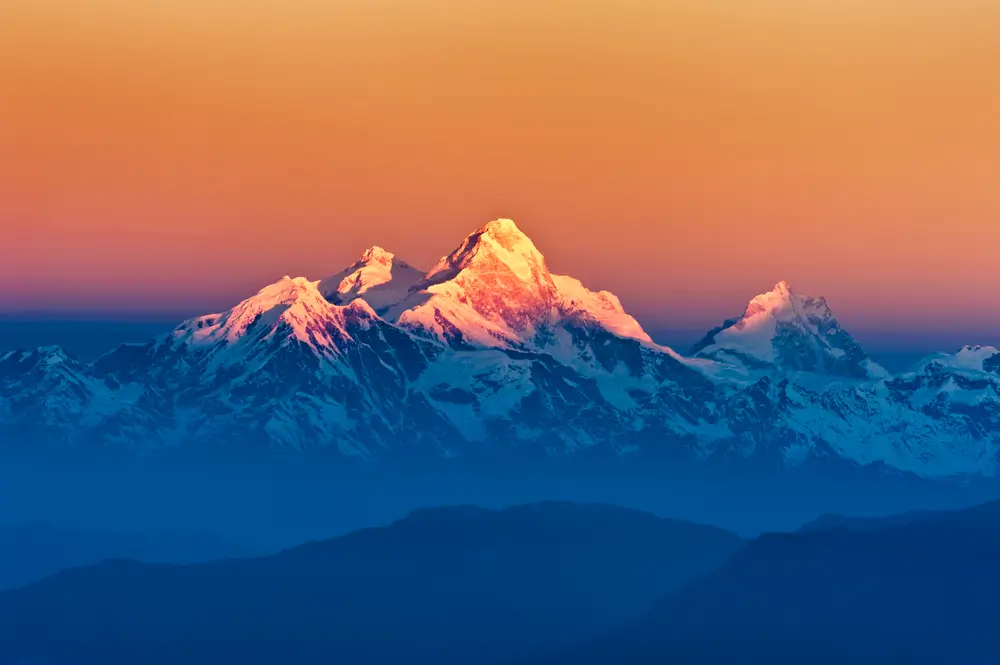
It was named after a former colonel George Everest who was responsible for surveying India generally. Despite his objections because of its pronunciation would be hard for native people of India, the name was officially settled by Royal Geographical Society in 1866. Even if it is known as Mount Everest today, it has different names too. A Tibetan name, Chomolungma which means ‘Mother Goddess of the World’, and a Napali name Sagarmatha that has various meanings in that language.
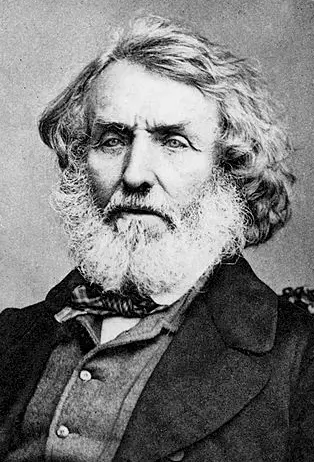
Climbing Mount Everest
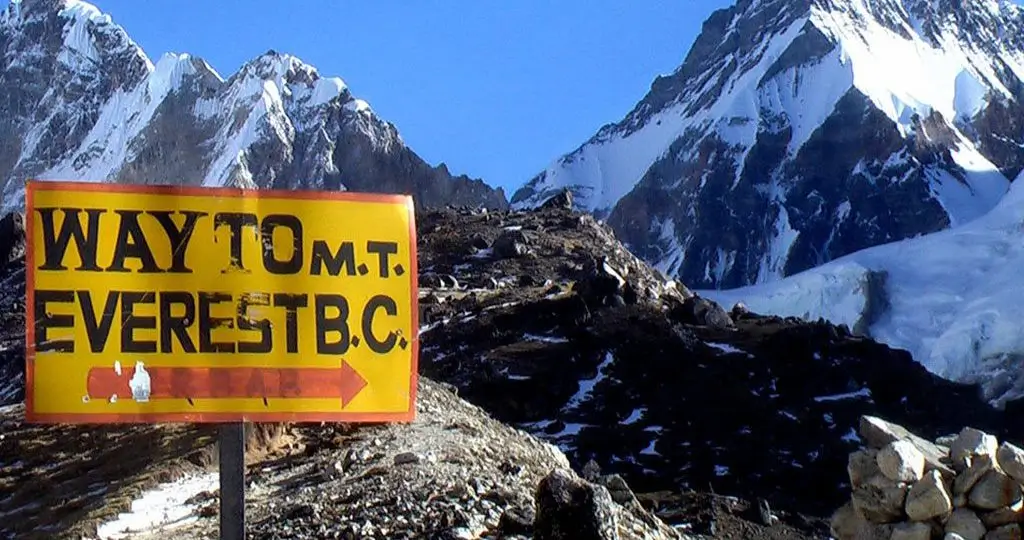
Although it has surging popularity among alpinists and mountaineers, it is just approximately 600 people who can reach the summit in a year because of permits, difficulty and the season. Climbers have few weeks in May, between the winter and the prevailing summer winds of the region, monsoons. And, there are not too many routes to climb. With the help of guides that called ‘sherpas’, two-third of them do it from the south side, Nepal, while the rest climb from the north, Tibet.
( P.S. : Sherpa term doesn’t refer to the local Sherpa tribe. Over the years, guides earned the name ‘Sherpa’. )
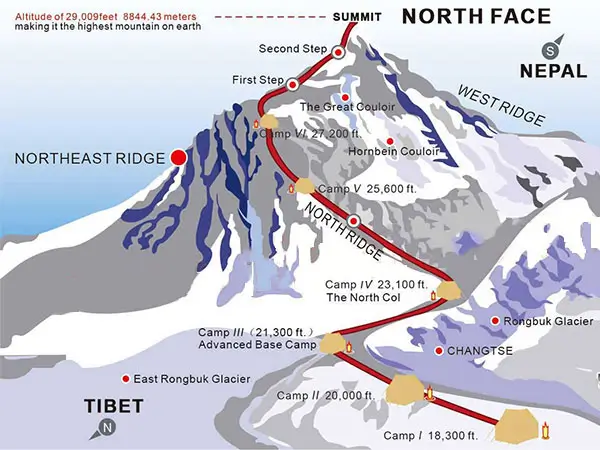
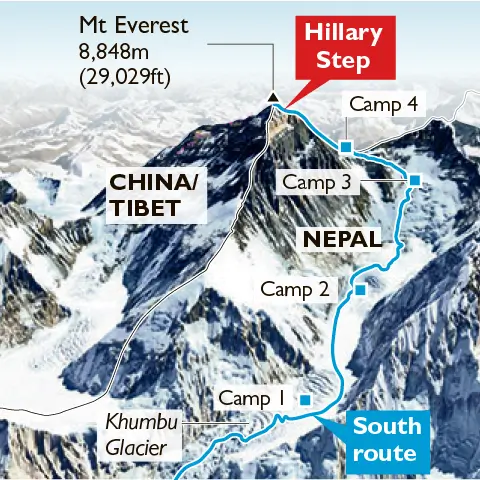
Dangers
Being good physically is not enough to see the world from the top of Mount Everest. There need plenty of money to buy decent equipment and some precautions so as to avoid acute mountain sickness (AMS), frostbite, hypothermia and more other hazards. Getting higher, there appear less air to breathe necessary oxygen in. Our blood becomes thicker and it is matter of time that you might suffer a clot or stroke. The ‘death zone‘. Over 26250 feet – 8,000 meters, from Camp 4 to the peak, a race against time begins. We, human being, cannot stand that higher pressure exists over 19,000 feet no more than minutes.
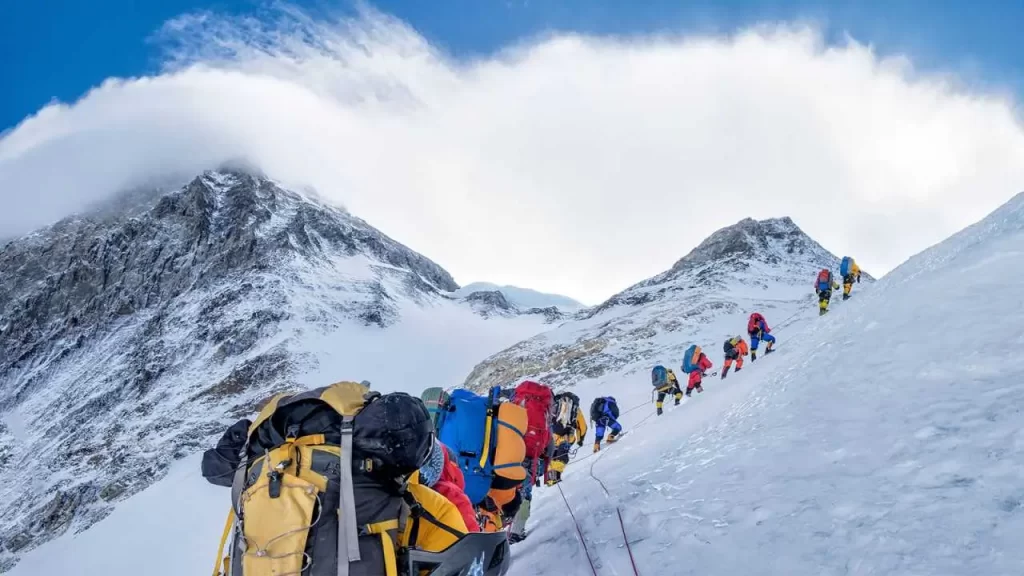
However, with true gear, technological developments and commercial operations, the overall death rate is 1.2 percent today, compared to the rate of the years from 1923 to 1999 which is 14,5 percent with 170 people loss of 1169 summits. About a one in a hundred chances of dying on the way of Everest. Worth taking a chance to try climbing once at least.
